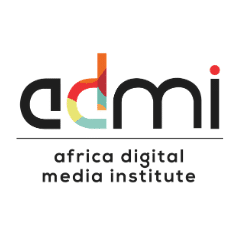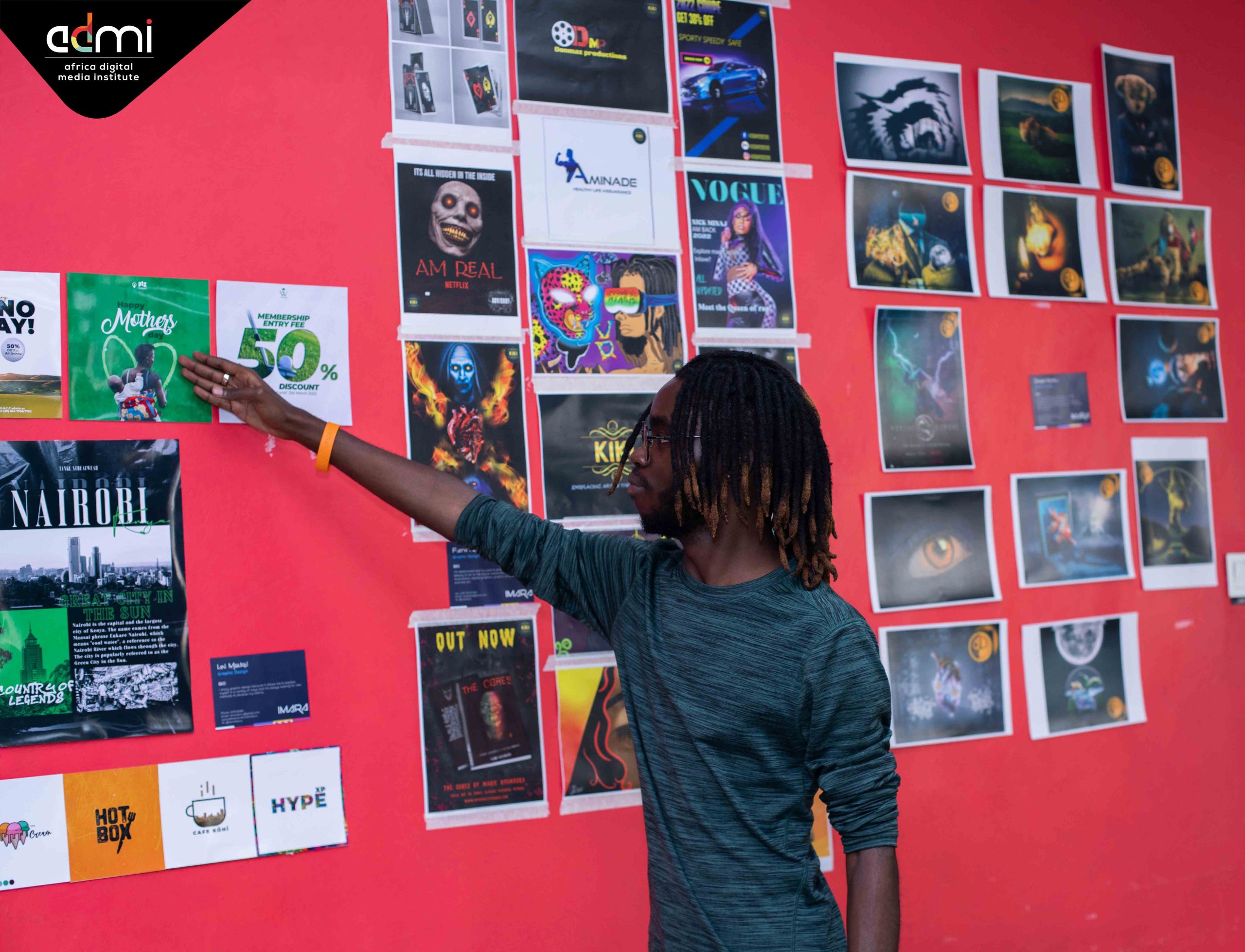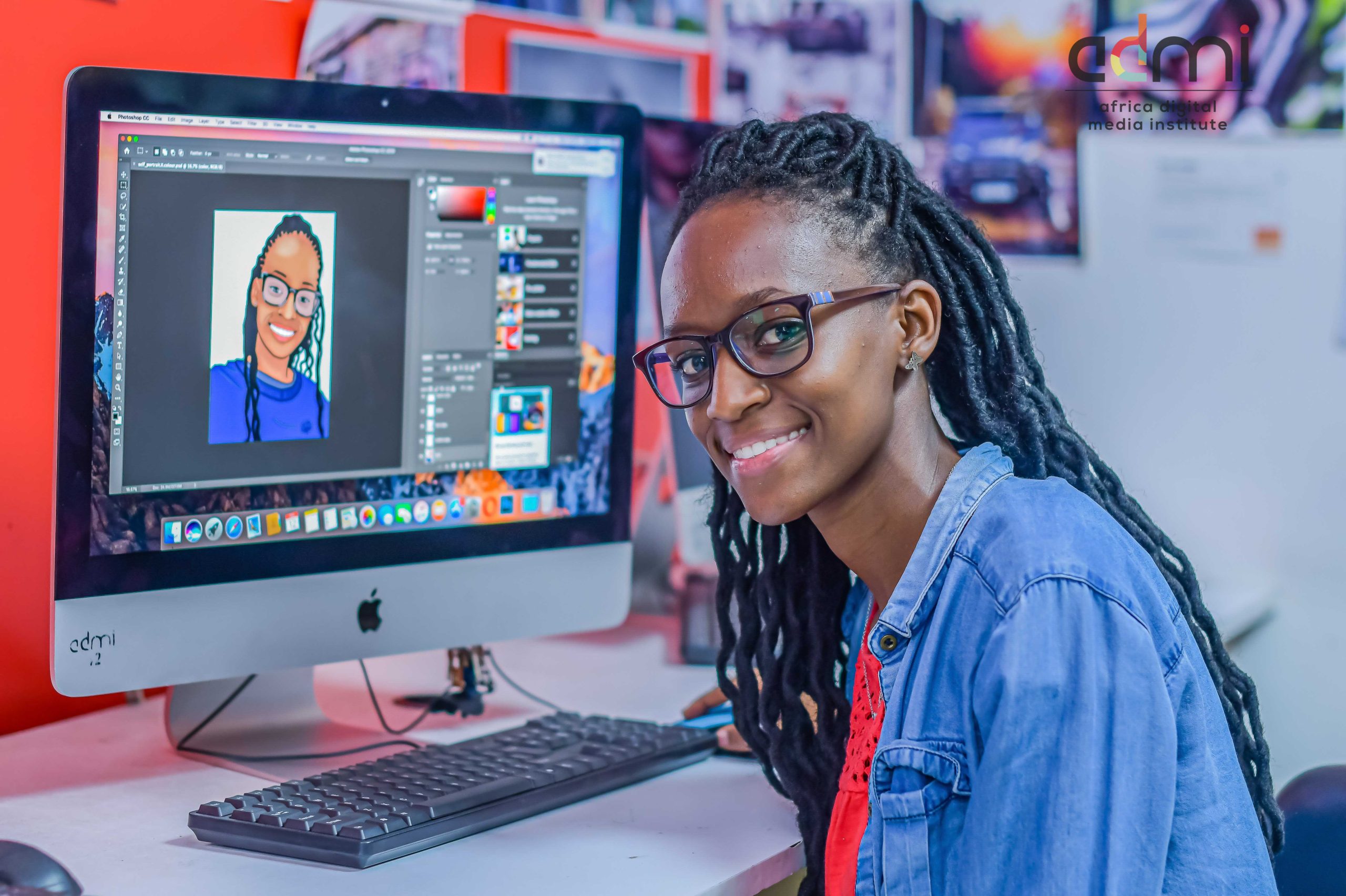Today, designing your own banners for social media or print is pretty easy thanks to tools such as Canva, Picmonkey and Stencil. With numerous templates to choose from, a graphic design beginner can create stunning posters, logos, flyers, banners, business cards and even social media posts in minutes.
Although they’re a lifesaver, these graphic design tools don’t allow you to tailor your designs as much as you would like. And in most cases, you won’t be able to unlock all the benefits of these platforms unless you upgrade to a paid plan.
Over time, you may end up spending loads of money just to get good artwork. You could, alternatively, hire a professional graphic designer or learn the trade yourself. Learning graphic design will set you free, to explore your creative ideas to the fullest.
Every graphic design beginner starts with a specific set of tools and software. Curious to know which ones they are?
Graphic Design Beginner Tools and Software
Most graphic designers use both traditional and digital techniques to create. They may put pencil to paper and sketch out their ideas then complete the design on the computer. Others prefer to create their designs on the computer from start to finish.
Skilled graphic designers use Adobe Creative Suite – the go-to software for creative arts. Adobe sets you apart in the job market by giving you a globally recognized Adobe Certification. This certification is only earned when you have demonstrated proficiency in Adobe digital skills.
If you can imagine it, Adobe Photoshop will make it happen. This software allows any graphic design beginner to test the limits of their creativity with its photo editing, composition and enhancement features. With Photoshop, you can take an everyday photo and transform it into an extraordinary masterpiece.

When a graphic designer wants to create a scalable design that they can tweak into a billboard, flyer, business card or smartphone screen, they use Adobe Illustrator. This vector-based design software allows designers to draw freehand shapes and use strokes and fills to add colour.

InDesign is a desktop publishing software that helps you with layout and typesetting tools. Using InDesign, you can create dazzling publications such as stationery, brochures, magazines, ebooks and interactive PDFs.
As a graphic design beginner, Adobe programs are the best way to kickstart your career. However, there are other programs that exist for graphic designers if you’re not up for Adobe Creative Cloud.

Professional Alternatives to Adobe CC
Adobe Photoshop Alternative: Pixlr
Pixlr will have you making next level edits with its AI (artificial intelligence) tools. This online editor tool has a library of stickers, icons, effects, overlays and other design elements so you don’t have to create them from scratch. This also makes for faster editing and is easier to master than Photoshop.

Adobe Illustrator Alternative: Affinity Designer
Affinity Designer is the perfect software to create highly accurate vectors, illustrations and UI designs. Through the powerful 60fps pan and a zoom feature that can go as far as 1000000%, a designer can see all the effects and gradients in their work. It also comes in handy in user interface design because it comes with responsive items, pixel preview and dynamic symbols. Although it’s built for Mac, Affinity Designer is easy to use and works on any device – even old computers.

Adobe InDesign Alternative: Xara Page & Layout Designer 11
Xara Page & Layout Designer 11 gives you full control over text styles and images and comes with numerous templates to choose from. Its flowing-text function makes document design easy since the text automatically flows around the object. It also allows you to turn your text, graphics or photos into 3D objects which is perfect for icon and logo design.
The best way to know which software would be a perfect fit for you is to get some hands-on experience with it. Experiment with each of them and see where your creativity leads you.

How Long Does It Take to Learn Graphic Design?
How long it takes to go from a graphic design beginner to an expert depends on your learning habits.
Some graphic designers learn by watching Youtube videos and playing around with design software while others learn best through step by step training in a structured, instructor-led class. Still, there are others who prefer to be lifelong learners, opting to find inspiration and knowledge throughout their work experience.
In all cases, no one can become a great graphic designer without a keen eye. It also helps to practise what you learn and try a new approach as often as possible. To become a good graphic designer you must also learn to take criticism and use it to identify areas of improvement.
A graphic design Diploma usually takes 18 months to complete while a Bachelor’s Degree takes 4 years.
How Can I Become a Professional Graphic Designer?
It’s easy to tell the difference between a professional and a rookie graphic designer. Professional graphic designers:
- Utilize design processes from concept to delivery
- Apply an extensive visual vocabulary and tools to create artwork
- Effectively communicate their creative vision to clients
- Understand how to use colour, typography and other design elements
- Display a strong work ethic, professional demeanour, and good time management
- Possess both manual and digital mastery of graphic design skills required to thrive in the industry
A graphic design beginner who wants to upgrade their skillset can follow these simple steps:
- Get a Graphic Design Diploma from a government recognized institution
- Find software that suits your graphic design needs
- Build a stunning portfolio
There are several schools where one can study graphic design, but only one school in East Africa offers an exclusive, practical, well compounded graphic design course – Africa Digital Media Institute.
In addition, ADMI has the Career Launchpad program which prepares students with the soft skills they need to navigate the creative industry.
As an ADMI student, you’ll be trained by industry experts, and network with our community of like-minded creatives who can help you achieve your graphic design dreams faster. Ready to go pro?



